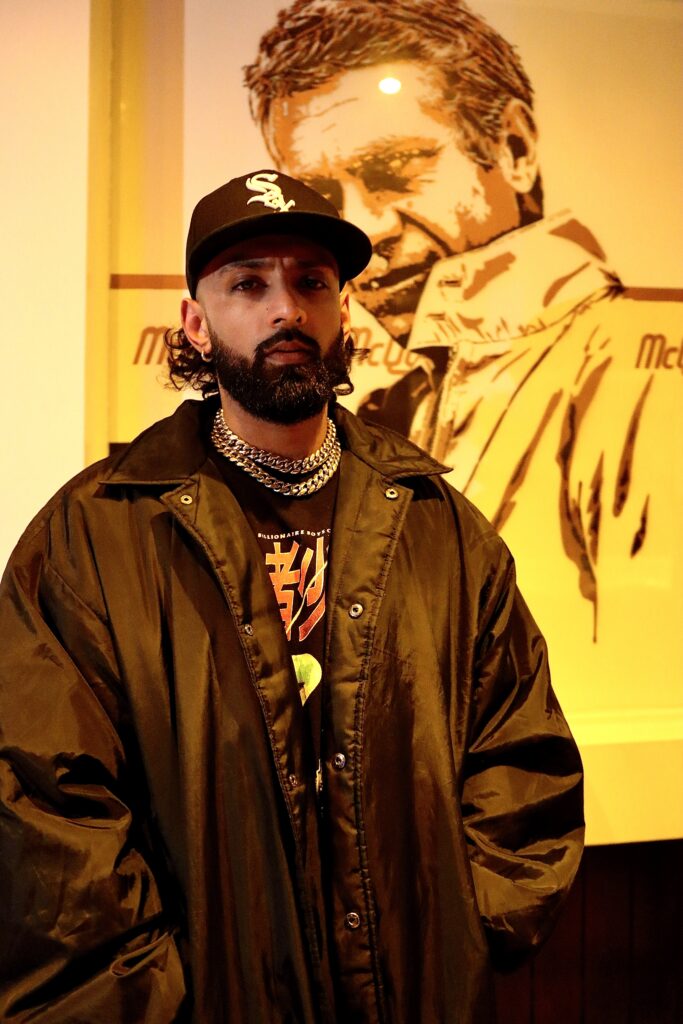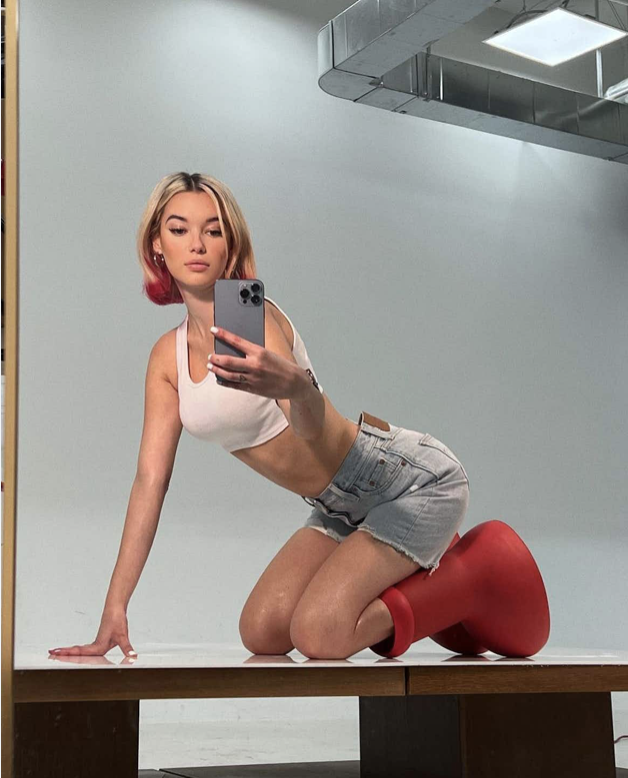Raf Saperra Is Here To Shift Culture [@rafsaperra]
![Raf Saperra Is Here To Shift Culture [@rafsaperra]](https://guap.co/wp-content/uploads/2023/03/ACE-0Q7A6321-1140x850.jpg)
Seamlessly fusing cultures and sounds, Raf Saperra’s debut mixtape, Ruff Around The Edges, is gaining acclaim globally. GUAP sits with the artist to dig deeper into his creative process and journey.
GUAP: There’s a lot out there about your musical journey. But, it’s a lesser-known fact that you’re a director of music videos, such as that of the late Sidhu Moosewala. How did you get into visual direction? What inspires your visual aesthetic?
RAF: I’ve always been big on movies and cinema, and as a child I wanted to be an actor. But, after looking for work, I realized that I would be boxed in because of how I look. So, that led me to make and write my own stuff, and I loved the narrative power of it. A lot of my work in this space has been with music visuals, and I like to find little ways to shape or form the experience. Since I had no background studying film, I learned through doing and watching other movies. So, I use my directing opportunities to write love letters to cinema and directors I love.
The root of my visual aesthetic goes back to being a kid sitting in the back seat while my mum’s driving and being in my dreamland. I’d look out the window as whatever Bollywood, Punjabi, etc song would play, and I’d imagine myself in the situations and matching visuals. But, I also think learning music has given birth to my visuals, too. As I learned about Raags, I learned they have feelings associated with them, and we even assign certain times of day to them, for example. So I let these many associations guide a final visual product.
GUAP: You just dropped your debut tape: Ruff Around The Edges. Though the tracks are all in Punjabi, there’s so much mass appeal to the tape. How did you create something that’s so authentically you, but still enjoyed many?
RAF: This tape is me saying I am Punjabi, but like many people our age, I’ve been exposed to a lot of different sounds and art. If you listen to the tape from start to end, subconsciously something resonates. As humans, we’re so susceptible to storytelling. If I presented you with 10 bangers, there’s no personality in that. I also could have easily cut down the amount of skits I put in, but that defeats the journey I’m trying to take you on. I want to tell you a bit more about me, and that happened by lacing everything in the tape with cinema.

GUAP: There’s lots of stereotype-breaking moments throughout your tape. For example, in your track NLS, unlike most Punjabi singers, you used brown-skinned instead of the fair-skinned, when describing the female lead. What role does masculinity have in your music?
RAF: I believe Punjabi is probably the only language a man can sing from a woman’s perspective, and the poetry isn’t lost. One would assume that our elders may have been a bit more rigid, but they were artistically more fluent in terms of dipping in and out of perspectives and emotions. I don’t think the understanding of masculinity in my tape is anything new to Punjabi culture. I’m not trying to bring this back. This is just me, and I package it in my work.
GUAP: How would you like this mixtape to be received?
RAF: I want it to make people feel. This is a tape that has created dialogue, and I especially love the way people in India received the tape. Seeing people with a different ideology than me, as a diaspora kid, resonating with Modern Mirza and the love from the other side of the border feels like culture for me. Uniting and celebrating the bond rather than differences is the epitome of Raf Saperra.
GUAP: Any advice for young musicians/directors?
RAF: Fight for what you love. On paper, my love for cinema and exploitation films and nostalgic sounds technically shouldn’t work. But, because I do it with intention and authenticity, they work. Be unapologetic. Also, try to bring your heroes into your work, and reflect their genius.
Discover more from GUAP’s Arts & Culture section here




![ZINO VINCI’S ‘FILTHY & DISGUSTING’EP BRINGS YOU TO THE CORE OF THE ARTIST [@ZinoVinci]](https://guap.co/wp-content/uploads/2023/10/Zino-4.jpg)





![Remel London’s [@Remel_London] “Mainstream” is a must attend for upcoming presenters!](https://guap.co/wp-content/uploads/2017/02/REMEL-LONDON-FLYER-FINAL-YELLOW-COMPLETE-1.png)